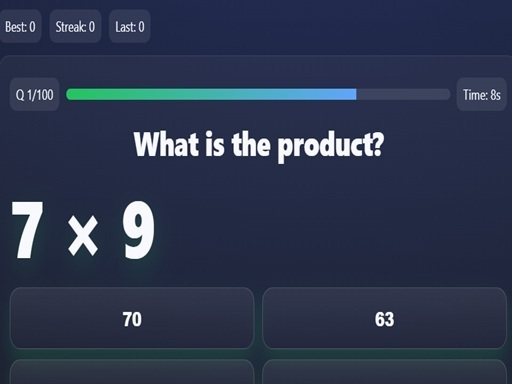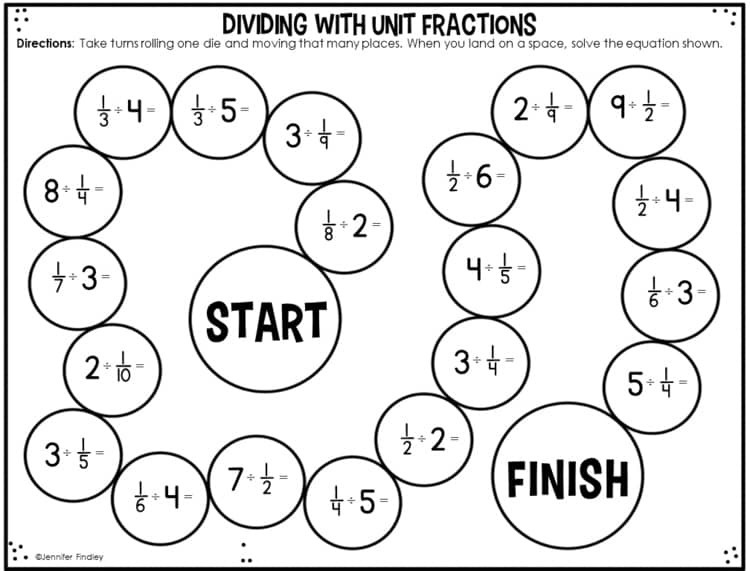I recently tried out ConfusionsInMath 5‑8 via its listing, and I found it to be a helpful little educational game for middle-school math (grades 5-8). Being someone who sometimes revisits foundational math topics to stay sharp, I appreciated how this game focused on those “everyday confusion” areas rather than major new concepts. The listing made it easy to jump in, and I liked that the game targeted typical problem spots—things like number operations, tricky multiplications, and those subtle misunderstandings that hold students back.
The game’s tasks often required me to choose correct options quickly under mild time pressure, which meant I had to think clearly rather than just guess. For example, one question asked for the product of two numbers in the 1-100 range and I realized my first instinct was off by a simple error. The description notes that students in the 5–8 grade range “have common confusions over their multiplications resulting in numbers 1-100.” The game takes this seriously and gives you lots of practice. I found that I had to slow down and check carefully, which felt more like genuine review than filler.
From a practical usage standpoint I really liked the balance between challenge and accessibility. The design doesn’t bombard you with overly advanced algebra; instead it reinforces that core building‐block math knowledge you need to move on confidently. When I only had a quick ten minutes, I’d open the game, run through a set of questions, and feel noticeable improvement in my confidence for those operations. When I had more time, I pushed further into rounds that required accuracy and speed together.
The user interface is clean and functional. I noticed minimal distractions—just the question, answer options, and a simple timer/score display. That meant I could focus on the math rather than getting sidetracked. For someone like me who values quick, effective learning bursts, this kind of layout is ideal. The listing on the platform emphasizes that ease of use and quick access, which further helped.
If I had one suggestion, it would be to add a larger variety of question types (e.g., word problems, multi‐step reasoning) as I progressed, to extend replay value beyond multiple runs of straightforward numeric questions. But even in its current form, ConfusionsInMath 5-8 provided a meaningful review session—especially for reinforcing those tricky foundational skills.





Top comments (0)